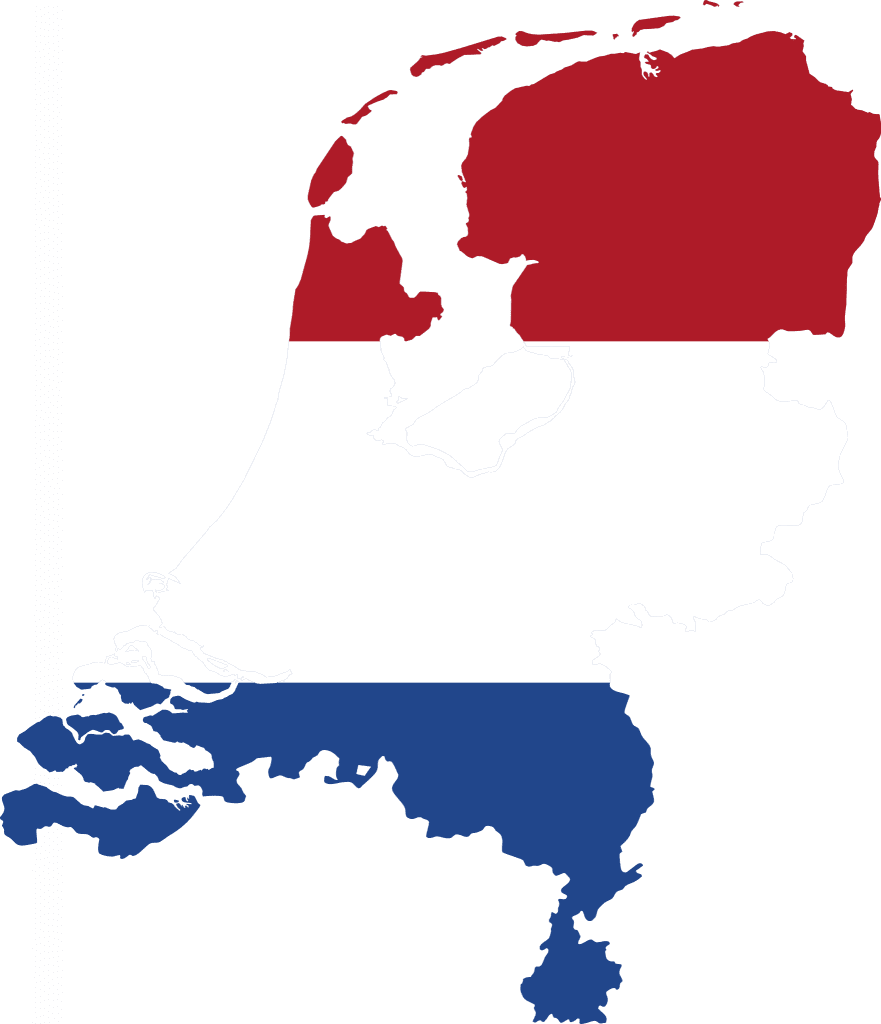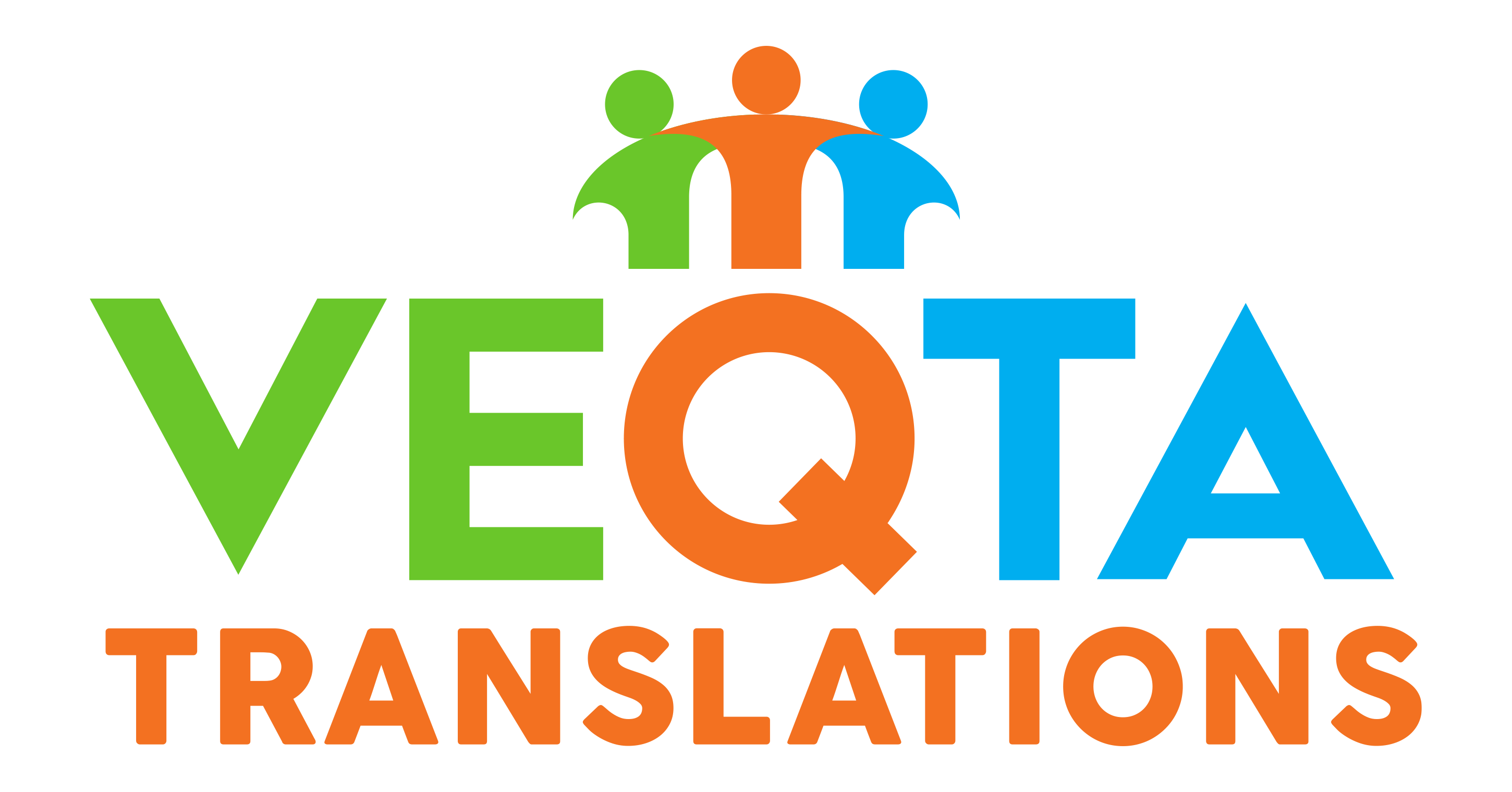Our native Dutch translators will be assigned on the project according to their experience with similar content. We only use experienced native translators who have been thoroughly vetted by language testing proficiency tests.

TRANSLATE DUTCH TO ENGLISH TODAY!
Professional English Dutch Translations for the Netherlands
We specialize in providing high-quality English to Dutch translation services by certified translators. Our team of Dutch translators, based in Malaysia, the Netherlands, and Singapore, possess native-level fluency and extensive industry-specific knowledge in sectors such as Marketing, IT, Legal, and Tourism & Travel. Each translation is crafted with the utmost professionalism and accuracy, ensuring not just a translation of words, but a true conveyance of meaning.
Key Services:
- English to Dutch Translation
- Dutch to English Translation
Dutch, with its Germanic roots, features compound words and a direct communication style. Translating into Dutch requires an understanding of these linguistic characteristics and the cultural preference for straightforwardness. A known challenge in Dutch localization is maintaining the concise nature of Dutch compared to more verbose English texts, which can lead to text fitting issues, particularly in digital formats. VEQTA’s Dutch translators ensure your message is clear, accurate, and culturally appropriate.
VEQTA Translations is a premier language service provider based in Malaysia, Thailand and Singapore, offering comprehensive localization and translation services across a broad range of commercial languages. We engage subject matter experts to ensure flawless Dutch translations tailored to major industries. Our commitment to localization best practices—including the use of style guides, glossaries, CAT Tools, and rigorous quality assurance processes—sets us apart. Clients from all over the world trust our translation firm for precise and reliable Dutch translations of all document types and content.
How much Does the Dutch Translation cost?
- The translation is based on the number of words translated. If the content requires formatting, desktop publishing, or if there are additional requirements such as translation for audio/scripts or subtitling.
- The standard cost per source word may be around 0.14 USD to 0.18 USD per word depending on the requirements.
The fastest way to receive a quotation is to email us directly and share the content with us for quotation.
Once the translation has passed certain quality criteria, it’s passed to the Editor. The Dutch Editor is a senior translator who will go through and polish the text, e.g correcting syntax, grammar and flow.
As a final quality assurance step, we will go through the Dutch documents again to give it an overall quality check, check on typos, any missing content and correct any inconsistencies in the translation.
English to Dutch translations for Marketing, Websites, Apps and Cloud.
Dutch language translation requires Subject Matter Expertise for a perfect result.
We provide Dutch terminology experts who has worked in a related field of the source material in Dutch.
Voice over in Dutch language and an array accents and other languages for cold or hot recording for broadcasting, e-learning modules or voice or video translation for corporate use.
Dutch is an important language to consider for translation of your marketing material.
A high quality translation will give you the maximum impact of your marketing material!
Translate from Dutch to English
- Dutch Subject Expertise
- Dutch Editors
- Dutch Reviewers
- Dutch and Flemish Subtitling
- Dutch Translators
- Dutch Copywriters
- Dutch Voice dubbing
- Dutch Transcription
A dedicated team of Dutch translators who combines Experience, Specialized Subject Matter Expertise with Translation Practices to deliver quality second to none.
Dutch Language Expertise
- Dutch Document Translation
- Dutch I.T Translation
- Dutch Medical Translation
- Dutch Financial & Accounting Translation
- Dutch Legal Translation
- Dutch Health & Fitness Translation
- Dutch Marketing Translation
- Dutch Tourism & Travel Translation
Need a quote?
Contact with your Linquistic Translation Specialist Today!
Fast, Accurate & Affordable Translation Solutions!
Get In Touch
Singpore: +65 6829 7058
Malaysia: +60 3 2776 6812
Thailand: +66 98357 8074
info@veqta.com
Translation & Localization Services in Over 200 Languages

Asian
- Chinese Translation Services
- Thai Translation Services
- Japanese Translation Services
- Korean Translation Services
- Indonesian Translation Services
- Lao Translation Services
- Philippines (Tagalog) Translation Services
- Vietnamese Translation Services
- Burmese Translation Services
- Cambodian (Khmer) Translation Services
- Kazakhstan (Kazakh) Translation Services
- Mongolian Translation Services
- Persian (Farsi) Translation Services
- Armenian Translation Services
European
- French Translation Services
- German Translation Services
- Spanish Translation Services
- Italian Translation Services
- Greek Translation Services
- Portuguese Translation Services
- Dutch Translation Services
- Turkish Translation Services
- Swedish Translation Services
- Norwegian Translation Services
- Danish Translation Services
- Finnish Translation Services
- Icelandic Translation Services
- Croatian Translation Services
- Maltese Translation Services
- Macedonian Translation Services
- Catalan Translation Services
Eastern European
- Russian Translation Services
- Polish Translation Services
- Romanian Translation Services
- Hungarian Translation Services
- Ukrainian Translation Services
- Czech Translation Services
- Bulgarian Translation Services
- Estonian Translation Services
- Belarusian Translation Services
- Lithuanian Translation Services
- Bosnian Translation Services

